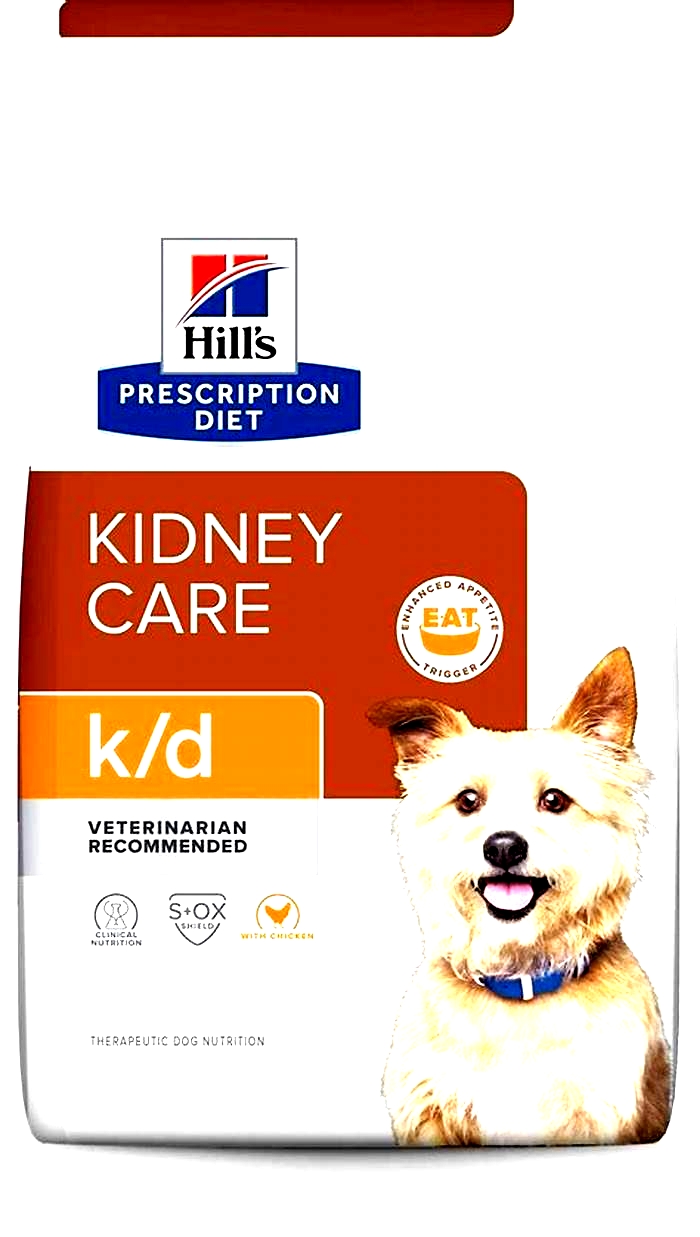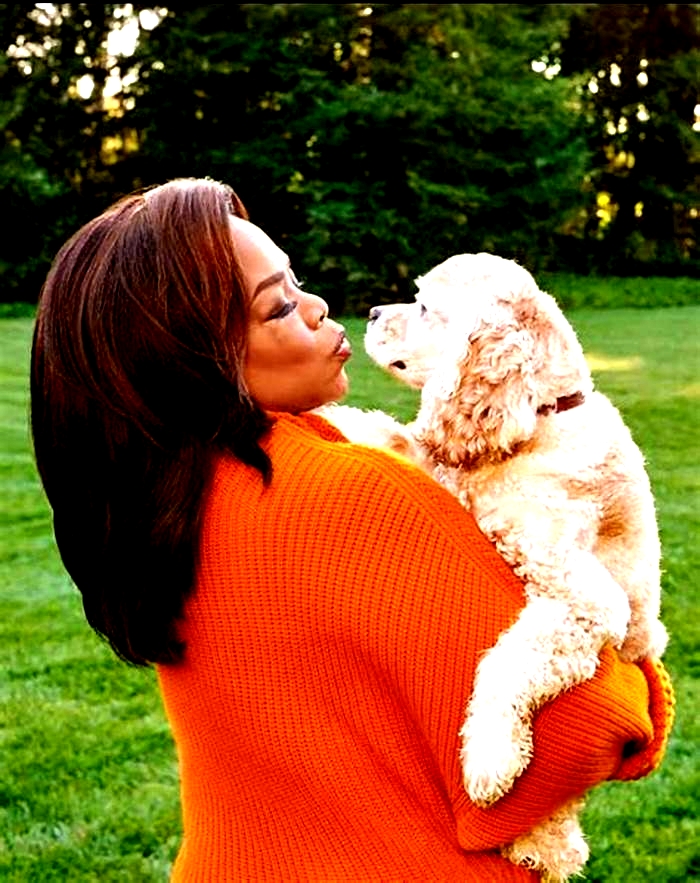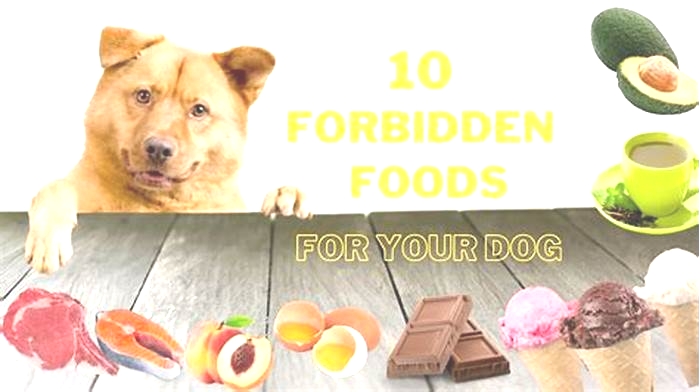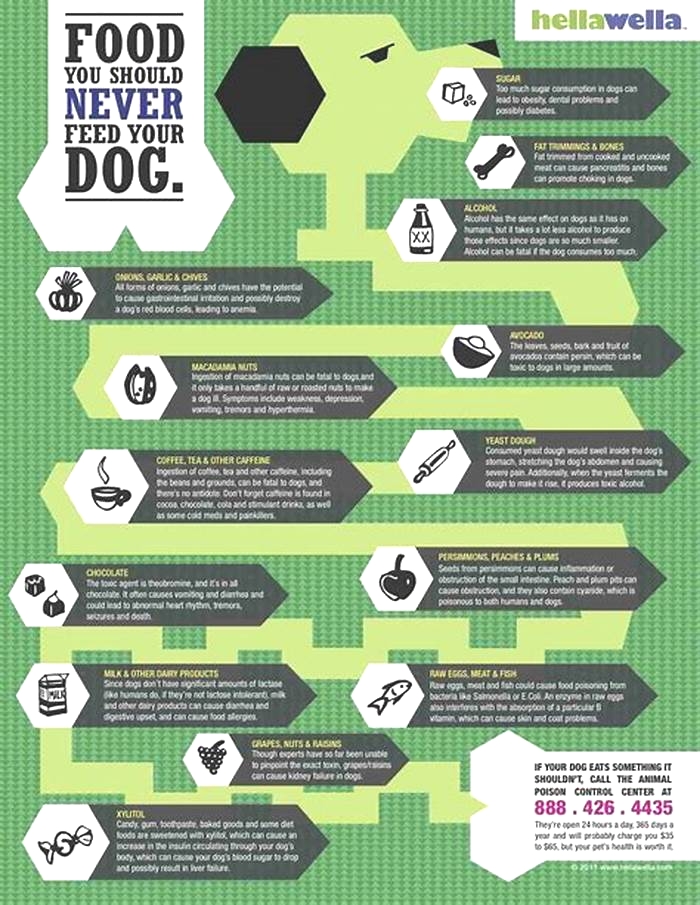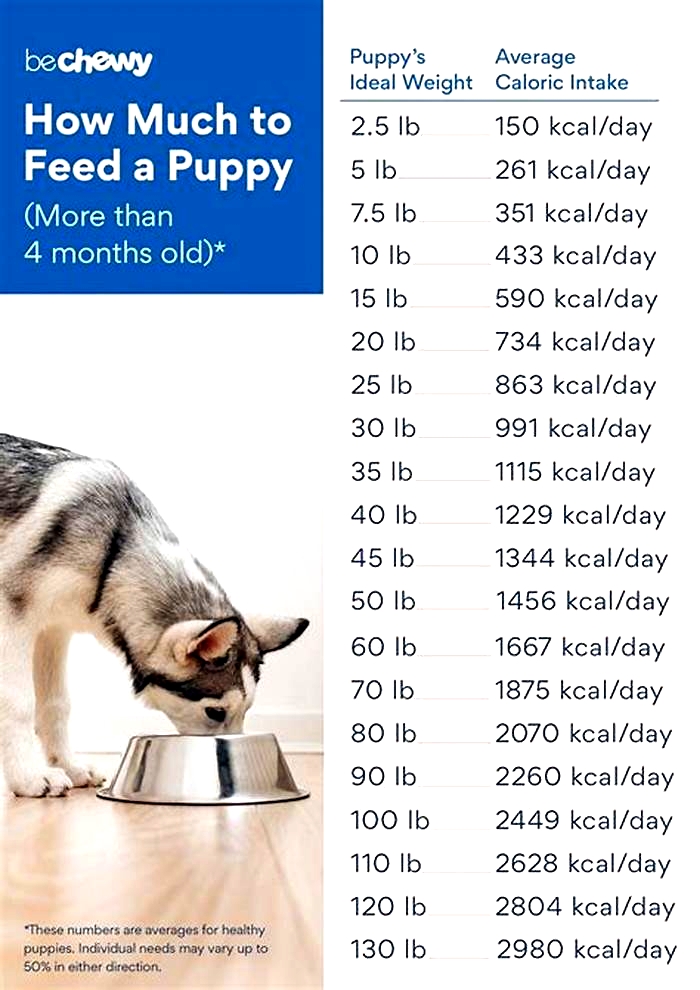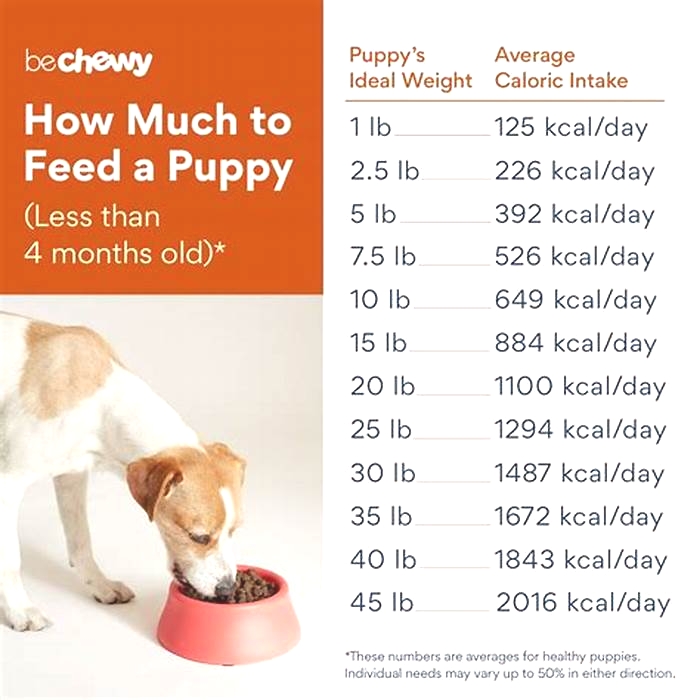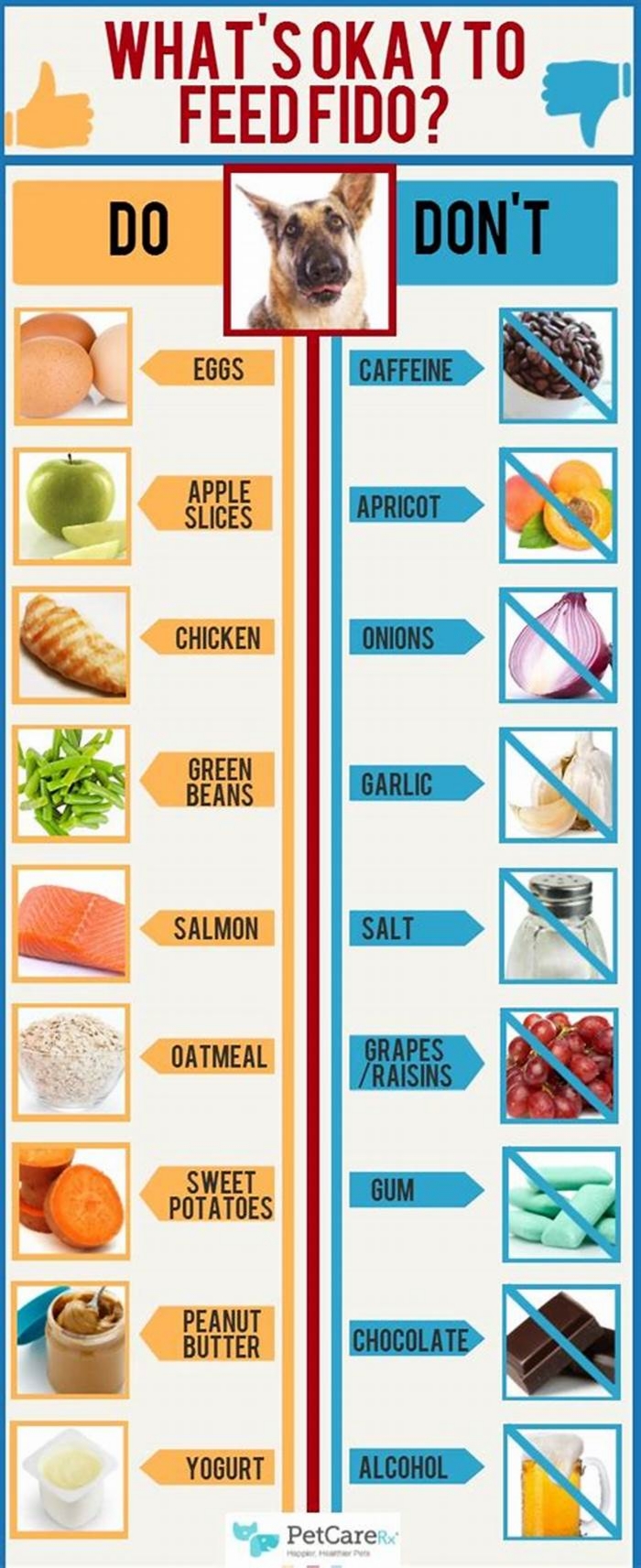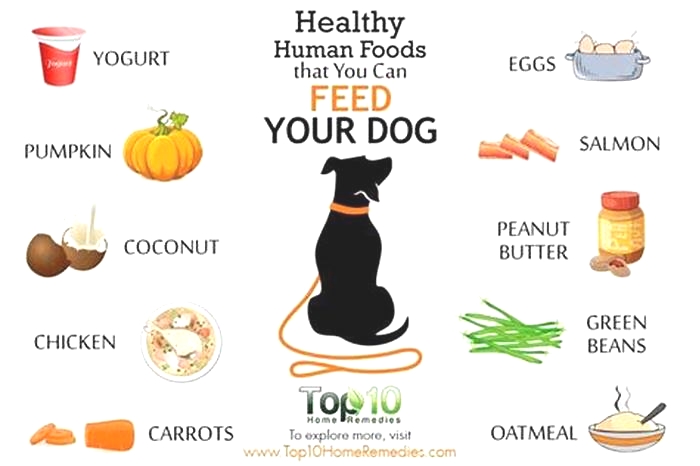What can I feed my dog to help his kidneys
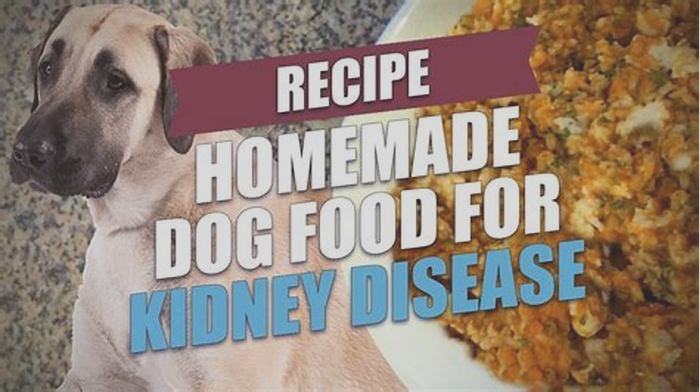
7 Ways to Make Your Dog's Kidneys Stronger
Its easy to forget about something you cant see. Kidney health often escapes even the most devoted pet owners because they dont think to address a problem until it becomes obvious.
However, kidney disease is much easier to prevent than it is to treat! Dogs who are approaching their senior years need healthy kidneys so they can continue to live a long, healthy and happy life.
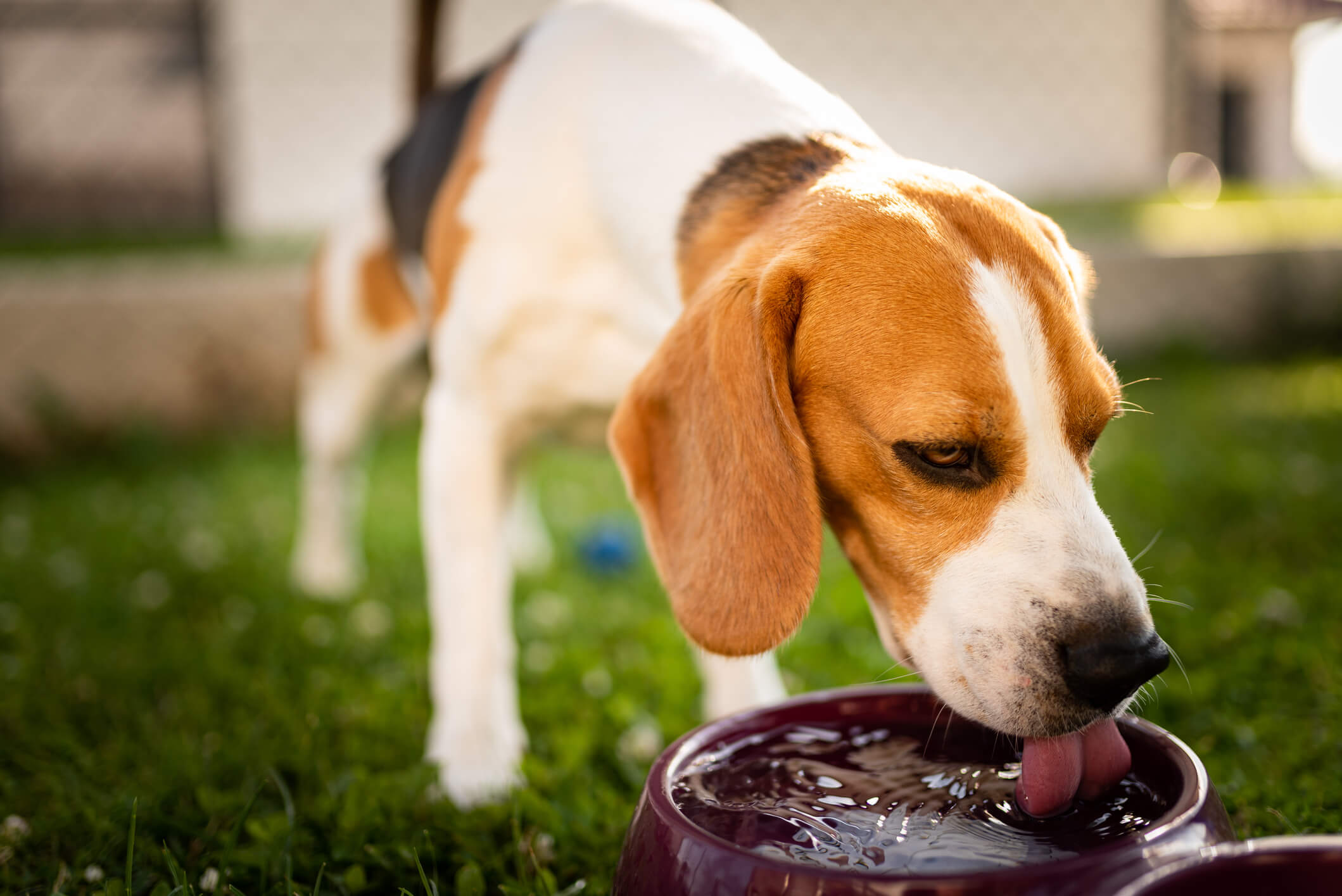
Support your dogs kidney health by following these seven dietary and lifestyle habits.
- Choose the right proteins: When the digestive system breaks down proteins, it sends waste byproducts to the kidneys. A low-protein diet can limit the volume of toxins your dogs kidneys have to expel from the body. Ask your vet about bioavailable forms of protein, which are readily absorbed into the bloodstream and generate less waste during digestion. If you want to try your hand at home-cooked doggy meals, opt for lean proteins like chicken or turkey.
- Provide lots of fresh, clean water: All living beings need water, but its especially crucial for maintaining kidney health! Canine kidneys have to stay hydrated because they create urine that carries toxins out of the body. Place water bowls throughout your home and replenish them with clean water every day to entice your pup to drink. It doesnt matter if pet parents use purified or tap water, as long as its fresh.
- Add moisture to their food: Dogs hydrate in more ways than just drinking water. Canned wet food is a quick and easy way to introduce more water into your dogs diet. However, you can still feed them dry food if you counteract its dehydrating effects. Increase your pups daily water intake by moistening dry kibble with water, tuna juice or low-sodium meat broth. The extra flavor is usually more palatable than lapping from the water bowl!
- Swap high-carb treats for veggies: Many commercial dog foods and treats are loaded with carbohydrates. Dogs who eat lots of carbs tend to have increased levels of inflammatory compounds in their bloodstreams. Inflammation puts undue stress on the kidneys and makes it difficult for them to function. Ditch the commercial dog treats and feed Fido some vegetables instead! Carrots are safe for dogs, low in calories and supply their daily dose of fiber. Green beans are packed with iron and vitamins that can supplement a healthy, balanced diet.
- Incorporate omega-3 fatty acids: In addition to limiting carbs, pet parents should increase their dogs intake of omega-3 fatty acids. This healthy fat further reduces inflammation and oxidative stress on the kidneys. A great source of omega-3 fatty acids is cooked fish like salmon or tuna. However, cooking your dogs meals everyday can take up a lot of time. Omega-3 fatty acids are also available through specially formulated kidney foods and supplements. Dogs can usually have fish oil, too, but you should check with your vet for proper dosage first.
- Avoid stressful encounters: A stressed pup will lose their appetite and not drink enough water. Dehydration and a lack of nutrients prevent the kidneys from performing at their best. To keep your dog hydrated and nourished, avoid stressful situations like boarding kennels and crowded gatherings. Instead, hire a dog sitter and ask a friend to watch your pup when you have guests over. Some stressors like a new pet, family member or home are unavoidablein that case, consider calming supplements or your dogs favorite food to encourage them to eat.
- Regulate their body temperature: While kidney health is mostly about diet, daily lifestyle habits also factor into how well your dogs kidneys function. Extremely hot or cold temperatures put unnecessary stress on their immune system, which leaves the body vulnerable to viruses and toxins. Keep your pup (and their kidneys) in top shape by helping them maintain a comfortable temperature. Stay inside during peak hours of the day in the summer. Give them lots of blankets for the winter and consider purchasing a coat and little booties for bathroom breaks!
As pups get older, it becomes increasingly important to promote their overall health. The kidneys arent as efficient as they used to be, which can cause toxins to accumulate in the bloodstream. Luckily, a few small changes can add years back onto your dogs life and reduce their risk of kidney disease. That means many more years of love, cuddles and one happy pup!
7 Ways to Make Your Dog's Kidneys Stronger
Its easy to forget about something you cant see. Kidney health often escapes even the most devoted pet owners because they dont think to address a problem until it becomes obvious.
However, kidney disease is much easier to prevent than it is to treat! Dogs who are approaching their senior years need healthy kidneys so they can continue to live a long, healthy and happy life.

Support your dogs kidney health by following these seven dietary and lifestyle habits.
- Choose the right proteins: When the digestive system breaks down proteins, it sends waste byproducts to the kidneys. A low-protein diet can limit the volume of toxins your dogs kidneys have to expel from the body. Ask your vet about bioavailable forms of protein, which are readily absorbed into the bloodstream and generate less waste during digestion. If you want to try your hand at home-cooked doggy meals, opt for lean proteins like chicken or turkey.
- Provide lots of fresh, clean water: All living beings need water, but its especially crucial for maintaining kidney health! Canine kidneys have to stay hydrated because they create urine that carries toxins out of the body. Place water bowls throughout your home and replenish them with clean water every day to entice your pup to drink. It doesnt matter if pet parents use purified or tap water, as long as its fresh.
- Add moisture to their food: Dogs hydrate in more ways than just drinking water. Canned wet food is a quick and easy way to introduce more water into your dogs diet. However, you can still feed them dry food if you counteract its dehydrating effects. Increase your pups daily water intake by moistening dry kibble with water, tuna juice or low-sodium meat broth. The extra flavor is usually more palatable than lapping from the water bowl!
- Swap high-carb treats for veggies: Many commercial dog foods and treats are loaded with carbohydrates. Dogs who eat lots of carbs tend to have increased levels of inflammatory compounds in their bloodstreams. Inflammation puts undue stress on the kidneys and makes it difficult for them to function. Ditch the commercial dog treats and feed Fido some vegetables instead! Carrots are safe for dogs, low in calories and supply their daily dose of fiber. Green beans are packed with iron and vitamins that can supplement a healthy, balanced diet.
- Incorporate omega-3 fatty acids: In addition to limiting carbs, pet parents should increase their dogs intake of omega-3 fatty acids. This healthy fat further reduces inflammation and oxidative stress on the kidneys. A great source of omega-3 fatty acids is cooked fish like salmon or tuna. However, cooking your dogs meals everyday can take up a lot of time. Omega-3 fatty acids are also available through specially formulated kidney foods and supplements. Dogs can usually have fish oil, too, but you should check with your vet for proper dosage first.
- Avoid stressful encounters: A stressed pup will lose their appetite and not drink enough water. Dehydration and a lack of nutrients prevent the kidneys from performing at their best. To keep your dog hydrated and nourished, avoid stressful situations like boarding kennels and crowded gatherings. Instead, hire a dog sitter and ask a friend to watch your pup when you have guests over. Some stressors like a new pet, family member or home are unavoidablein that case, consider calming supplements or your dogs favorite food to encourage them to eat.
- Regulate their body temperature: While kidney health is mostly about diet, daily lifestyle habits also factor into how well your dogs kidneys function. Extremely hot or cold temperatures put unnecessary stress on their immune system, which leaves the body vulnerable to viruses and toxins. Keep your pup (and their kidneys) in top shape by helping them maintain a comfortable temperature. Stay inside during peak hours of the day in the summer. Give them lots of blankets for the winter and consider purchasing a coat and little booties for bathroom breaks!
As pups get older, it becomes increasingly important to promote their overall health. The kidneys arent as efficient as they used to be, which can cause toxins to accumulate in the bloodstream. Luckily, a few small changes can add years back onto your dogs life and reduce their risk of kidney disease. That means many more years of love, cuddles and one happy pup!
What to Feed a Dog with Kidney Failure Who Will Not Eat
Your dog has not been well. It all began when he started peeing more than usual, drinking larger volumes of water, losing weight, and vomiting from time to time.
When you went to the vet, you received the worst news everyour beloved pet has kidney failure.
Nothing breaks a pet lovers heart than hearing such news. Lucky for you, the condition can be managed by changing up the dogs diet among many strategies.
After learning the dietary requirements you need to observe, you hit another bump on the road.
Your sweet little guy wont eat. You have tried making the food yummy, cooking it differently, going the extra mile, etc. but he wont budge.
That can be frustrating! What are you supposed to feed him?
We have a few tips you can leverage when it comes to what to feed a dog with kidney failure who will not eat.
The Deal with Kidney Failure
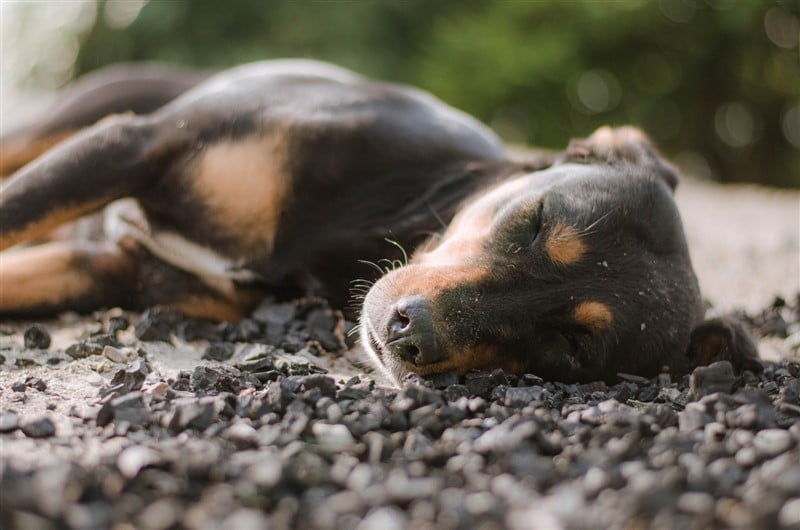
Kidney issues in dogs are quite common. As they age, some of their organs fail to perform at optimal function.
Things like urinary tract infections may trigger the condition as well as blood pressure.
When the kidneys are working but not at full potential, the dog is said to have kidney disease.
However, if the situation graduates to a point where the kidneys fail completely, he has kidney or renal failure.
Kidneys may stop failing over a course of time or stop working suddenly.
Dogs with diabetes, cancer, and of course, chronic kidney disease (CKD) may develop failure.
Other pups are just predisposed to the illness because of genetic issues.
Renal failure typically has no treatment but there are things you can do to reduce symptoms and slow down its progression.
Why Does A Dog With Kidney Failure Stop Eating?

One of the symptoms of both kidney disease and kidney failure is loss of appetite.
Others include constipation, lethargy, diarrhea, depression, vomiting, increased thirst, acute blindness, presence of blood in the urine, seizures, comas, and frequent urination.
Usually, the reason for decreased appetite is the accumulation of wastes in the dogs body.
Also, with all the things happening in the dogs body, the last thing he would want is to eat food.
It is the same case as humans. For instance, when you are anemic or have an infection that is ravaging a part of your body, you are bound to feel nauseated.
With nausea, you barely have an appetite. A dog with renal failure puts a high demand on the body to send more blood to the kidneys to help filter waste.
He may get anemic in the process as few red blood cells are produced. All these cause a decreased appetite as well.
You have to employ certain strategies to get the pup to bite something. Even his favorite foods may not look appealing as they once were.
Hopefully, the tips suggested below will be of help somehow.
How to Get a Dog with Kidney Disease to Eat

Watching your sick doggie push his plate away breaks your heart into a million pieces.
You know he requires plenty of nutrition but hes just not in a position to do what is needed.
In this case, you have to use wisdom to make sure the pup eats.
Here are a few things to consider:
1. Change His Food
Dogs with CKD have a narrow list of foods compared to those in tip-top shape.
With them, you have to stick to low protein, low phosphorous, and low sodium foods.
This means that your pet will not have the liberty to eat some of the nourishments he loves and in portions he is used to. This alone can put stress on his body.
To help him, put different foods on his plate. Get creative in preparing the meals. Go from making broths to adding some well-cooked veggies in the mix.
Dont be afraid to make yummy but healthy treats and feed those sometimes.
The most important thing is to keep the meals low in the aforementioned nutrients.
Chicken broths are especially loved by many dogs. Consider making the same for yours.
Just ensure that the sodium content is low else his blood pressure will shoot up.
If hes not into chicken, try boiled ground beef or turkey and see if he will show more interested.
Canned foods can be a great option as well, so you might want to give it a go as well.
2. Exercise before Meals
In case you havent yet, feed your pup right after you come back from his daily activity.
In general, dogs are best fed after exercise not before. This is according to running Dogs Maintenance author Penny Taylor. She claims that doing this may prevent bloat and other tummy troubles.
When a pup eats close to his workout, the bodys ability to metabolize food is greatly compromised.
While this is a theory for healthy pups, it plays true for sick ones as well.
Exercise causes the dog to use up stored energy. As a result, the body will demand more fuel triggering hunger.
This may not be the case for all dogs but it may work for you.
3. Change His Feeding Situation
Being sick puts a lot of stress on a dog. It causes him to be less active, withdrawn, and just laid-back.
Because of this, he may need more private places to eat. Perhaps eating in the open is making him more anxious.
If there are other pets at home, try feeding the sick one alone.
Fights during meal times are not meant for sick pups. Again, it may not work but it certainly is worth trying.
4. Warm His Food
Dogs are driven by smell. What better way to inspire your doggie to eat than to make the food appeal to his sense of smell?
Rather than serving room-temperature meals, try popping them in the microwave for a few seconds to warm them up a little.
This will cause an aromatic release and may encourage the pup to take a bite.
5. Add Odoriferous Toppings
Another genius trick is to add toppings with strong aromas to your dogs food.
Odoriferous toppings include things like ground beef, hard-boiled eggs, ground liver treats, canned mackerel or sardines, canned pumpkin, and blue-green algae.
The choice of which toppings to use will depend on what your pup already loves
. As usual, steer clear of anything with a lot of protein, sodium, and phosphorous.
What Treats Can You Give A Dog With Kidney Failure?
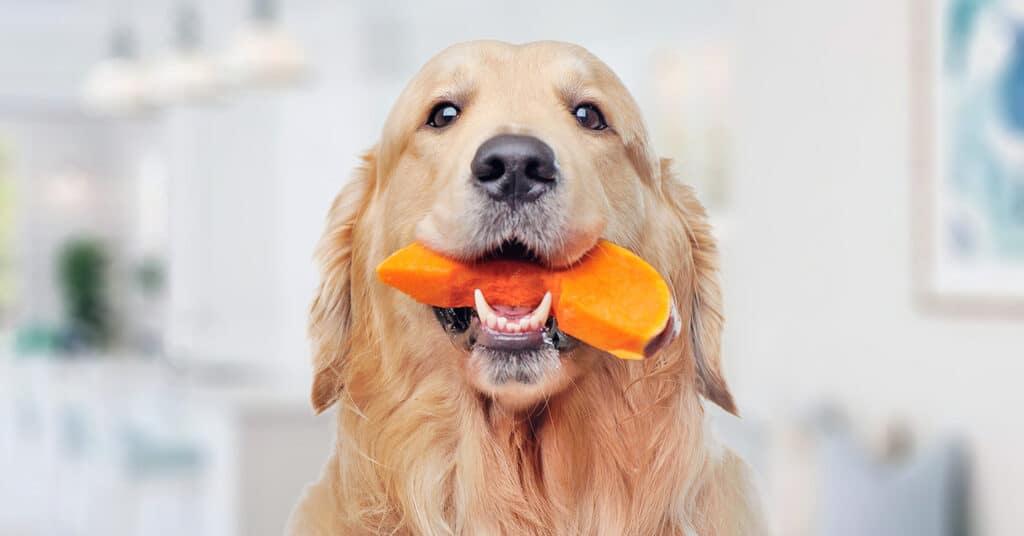
Treats have always been big in the canine world. No dog can say no to a bowl of delicious yogurt or chicken flavored greenies.
The one suffering from renal failure needs treats even more than a healthy one.
With the loss of appetite, a random snack in the middle of the day can make all the difference.
Healthy natural treats introduce all the right nutrients to your dogs body. They add vitamins and minerals without needing to be filtered by the kidneys that much.
The best thing about them is that they are readily available at home. You have probably stocked them in your pantry already. These include the following:
- Carrots: Packed with beta-carotene among other vitamins, carrots are great treats for virtually all dogs. They are crunchy, delicious, and nutritious and most pups love them. Just slice them into bite-sized pieces and offer the pup.
- Broccoli: You can also steam some broccoli and give it to the dog as a healthy treat in between meals. Roasted and raw work just as well.
- Apples: With a ton of fiber and nutrients, apples qualify as good treats for a sick dog.
- Green peas: Whether frozen or fresh, green peas are some of the most amazing treats for a pooch with kidney failure.
- Squash: Cooked squash is another super healthy treat for your beloved pet. Just choose dog-safe types of squash such as zucchini, yellow squash, and butternut squash.
- Bananas: Loaded with healthy nutrients, bananas are another great choice for a dog that is ill. You want to moderate things here as these have high sugar content.
- Watermelon: Like us, dogs love watermelons as they are healthy, hydrating treats. For a dog with renal failure, hydration is a big deal.
- Strawberries: These are good sources of vitamin C and will help your dog greatly. Just dont go overboard as they are high in sugar like bananas.
What Human Food Can Dogs With Kidney Disease Eat?
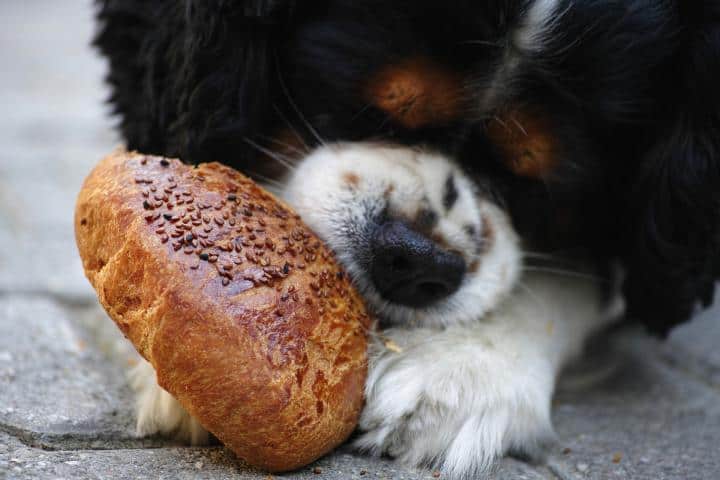
Dogs suffering from CKD can consume most of our foods provided they dont have salt and seasonings.
Things like scrambled egg whites, cooked steak, pork ribs, steamed broccoli, fish, and vegetables are good for such pups. If you have any of these on your plate, feel free to give it to your pup.
Basically, dont offer high sodium foods like hotdogs, cheeseburgers, pizza, fatty meat pieces, and chicken skin.
High-phosphorous foods such as organ meats, dairy products, egg yolks, and bones are also a No-No.
If the dog is losing weight too fast, increase his fat intake by feeding fatty meats like pork and lamb.
Omega-3 fatty acids such as fish oil may also reduce the progression of the condition.
Finally, give healthy fish sources with low-mercury levels such as tilapia, sardines, salmon, cod, clamps, Pollock, crab, flounders, oysters, and shrimp.
Is chicken OK for dogs with kidney disease?
According to PetMD, high-quality chicken is certainly a good protein source for a dog with CKD.
As long as you stick to the daily protein requirement which is 14-20%, your dog will do just fine.
It goes without saying that the chicken should be organic.
Refrain from those that have added chemicals and preservatives or high levels of sodium. These will only do more harm than good.
Are Eggs Good For Dogs With Kidney Disease?
Eggs, like chicken, are equally good for a dog suffering from kidney disease.
When broken down, the amount of waste released (uric acid, urea, hippuric acid, and creatinine) is much lower compared to other protein sources.
Ultimately, this means the kidneys are less burdened thus preserving their function.
However, theres a huge disclaimer when using eggs for dogs with this medical disorder.
You can only give egg whites and not the yolk. See, the latter is very high in phosphorous.
The problem with having too much phosphorous in the bloodstream is that it can decrease kidney function fast, cause joint pain, weak bones, and fatal heart attacks.
This is because phosphorous calcifies kidneys. What this means is that it pulls calcium from your dogs bones making him weak.
Also, since the kidneys cannot purify phosphorous, a lot of it will be present in the blood and may cause a heart attack.
For this reason, you might want to cease feeding your dog the egg yolk.
Do as much as you can to avoid adding phosphorous to his body. Only offer cooked egg whites.
Raw Diet for Dogs with Kidney Disease

One of the most recurring things about dogs with kidney disease is that they are easily dehydrated.
Frequent urination, vomiting, and diarrhea all cause large volumes of water to leave the dogs body.
To keep dehydration at bay, a raw diet is a good idea as it introduces moisture to the dogs body.
Typically, dry dog food has a moisture content of less than 10%.
Things like kibble strain the kidneys a great deal and can worsen the symptoms over time.
Wet food, on the other hand, has plenty of moisture.
A good balanced raw diet should have an abundance of high-quality protein, fruits, and vegetables.
Crockpot Dog Food for Kidney Disease
Crockpots make life much easier as they make convenience a reality.
All you have to do is chop up your ingredients, throw all of them in the pot, and let it slow cook the meal.
With all the hustle and bustle that pet owners go through, it would be great to have some food choices that do best in this special kitchen appliance.
Well, turns out there are plenty of foods you can cook in your crockpot. A simple recipe includes ground beef, canned kidney beans, chopped butternut squash, carrots, and canned peas.
After you get your measurements right, slice the ingredients and add them to your pot.
Mix them well and cook them slowly for six hours.
Now, divide the food into the right portions and let your dog enjoy them.
You can also add kales, sweet potato, carrots, blueberries, boneless chicken, turkey, pork, green beans, chicken liver, and water.
How Can I Improve My Dogs Appetite With Kidney Disease?

A dog that has little or no appetite is the one that doesnt eat or enjoy his food as much as he used to.
While this is frustrating to witness, you can help the dog by doing some of the following.
I. Keep the food appetizing
The first order of business when it comes to increasing your pups appetite is making his food as appetizing as possible.
Move away from boring and flat foods that your dog doesnt enjoy very much.
If the food is not tasty, add toppings that are aromatic and pleasant.
II. Stay Consistent
Another strategy that works is sticking to a preferred feeding schedule for the doggie.
To lighten the work for the pups kidneys, you might want to feed three to four meals a day.
Determine which times to feed the pup and stay consistent as much as you can.
Dogs love biological clocks and feel hungry at the same time every day.
III. Cut back on treats
If your canine buddy loves eating his treats but wont touch his food, it might be time to cut back on those to increase appetite during the actual mealtime.
Closing Thoughts
There you have it; a few tips on what to feed a dog with kidney failure who will not eat.
Generally, kidney failure in canines is a nightmare for pet parents. It renders the dog weak, sick, stressed, less active, and disinterested in food.
The last one is especially heartbreaking.
Fortunately, you can change your tactics to motivate the little guy to nourish his body.
As an Amazon Associate, we may receive a small commission from qualifying purchases but at no extra cost to you.Learn more. Amazon and the Amazon logo are trademarks of Amazon.com, Inc, or its affiliates.

